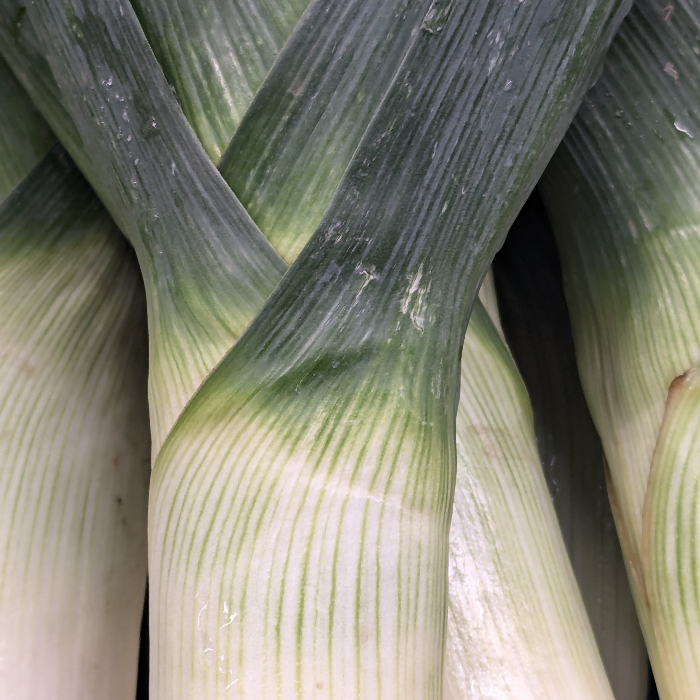UNITED STATES—Cool season vegetables might seem to be a bit early while the weather is still warm. It is technically autumn, though. If the weather is a bit too warm now, it should not be for long. Cool season vegetables may soon enjoy the cool weather they prefer. Their subsequent phases of successive planting can enjoy it even more. Spring is a few months from now.
Successive planting begins early and finishes late. It entails cultivation of relatively small groups of vegetables throughout their seasons. The first groups start as soon as they are seasonable. The last groups should finish at about the end of their season. Each type of vegetable prefers particular seasons. Therefore, some begin or finish earlier than others.
Ideally, each group of each vegetable finishes production as a subsequent group begins. The expected duration of production determines the frequency of phasing. For example, if radishes produce for two weeks, each phase should be two weeks apart. Also, each of the phases should provide enough radishes for two weeks. Scheduling is very important.
Successive planting promotes continuity.
Larger vegetables, such as cabbage, broccoli and cauliflower, likely need fewer phases. Successive planting for them may involve only one early group and one late group. Each group may remain in production for a month or longer. Individual vegetable plants within each group mature at different rates. Even when mature there is no rush to harvest them.
Cucumber and pea vines remain in production throughout their seasons. Those that start now might continue production until the middle of winter. Those that start after the middle of winter might continue production until spring warmth. Two such phases are the extent of their successive planting. (Cucumbers and peas are really fruit rather than vegetable.)
Successive planting also prolongs the bloom of spring bulbs that will be available soon. Of course, it is only effective for the first spring after initial planting. Bulbs synchronize for any subsequent bloom if they naturalize. Successive planting is not so effective for bulbs that bloom later in summer or recurrently. Cannas bloom late regardless of planting time. When seasonable, all dahlias should start on time.
Highlight: Leek
Leek, Allium ampeloprasum, is an old fashioned but traditional cool season vegetable. It is rare among home gardens but has been in cultivation for thousands of years. It is one of the floral emblems of Wales, in conjunction with daffodil. In cooler climates, leeks may grow through summer for autumn harvest. They are only a cool season vegetable locally.
Leeks grow easily from directly sown seed but are alternatively conducive to transplant. Therefore, they can start in flats while warm season vegetables are still producing. Then, they can transition to the garden early enough to mature before frost. Later phases which grow through winter are quite tolerant of mild frost. They might even be bigger and better.
Like several cool season vegetables, leeks are in no rush for harvest. Once mature, they can linger in their gardens for weeks without deteriorating or bolting. Like related onions, they prefer somewhat rich and loose soil. Until the winter rainy season begins, they need regular watering. Thrips can be more of a problem in other regions during warm weather.







